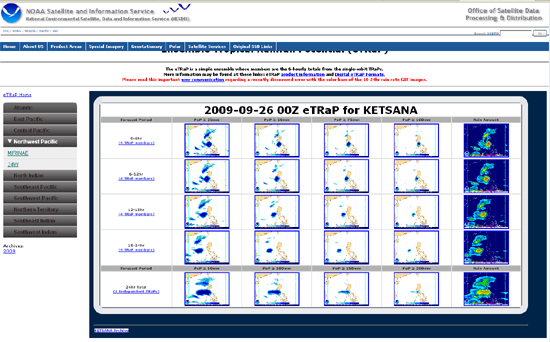Space-based technology to help RP prepare for next Ondoy, Pepeng
If it weren’t for satellite technology, the Philippines would have a difficult time assessing the damage done by two recent tropical cyclone visitors, said Philippine Permanent Representative to the United Nations Ambassador Hilario Davide, Jr. During the Fourth Committee of the 64th Session of the United Nations General Assembly, Davide thanked the UN’s help for their valuable assistance when tropical storm Ondoy (Ketsana) and typhoon Pepeng (Parma) pummeled the country last month. In his statement on Agenda Item 30: International Cooperation in the Peaceful Uses of Outer Space, Davide thanked the UN Platform for Space-Based Information for Disaster Management and Emergency Response (UN-SPIDER) of the United Nations Office for Outer Space (UNOOSA). “The recent onslaught and damage wrought by Ondoy and Pepeng in the Asia-Pacific region allowed the Philippines to experience the usefulness and effectiveness of satellite imagery in tracking the movement of these massive typhoons," he said in a statement released by the Department of Foreign Affairs (DFA) Tuesday. According to Davide, the Philippine government has found the satellite imagery of flooded areas in Metro Manila and Northern and Central Luzon useful in the planning for future disaster mitigation and response, particularly in high-risk areas. “When efficiently combined with modern information distribution methods, such data can be sent rapidly to affected communities and local emergency agencies as early warning before the disaster occurs or as post-disaster maps to assist in recovery operations," he said.






